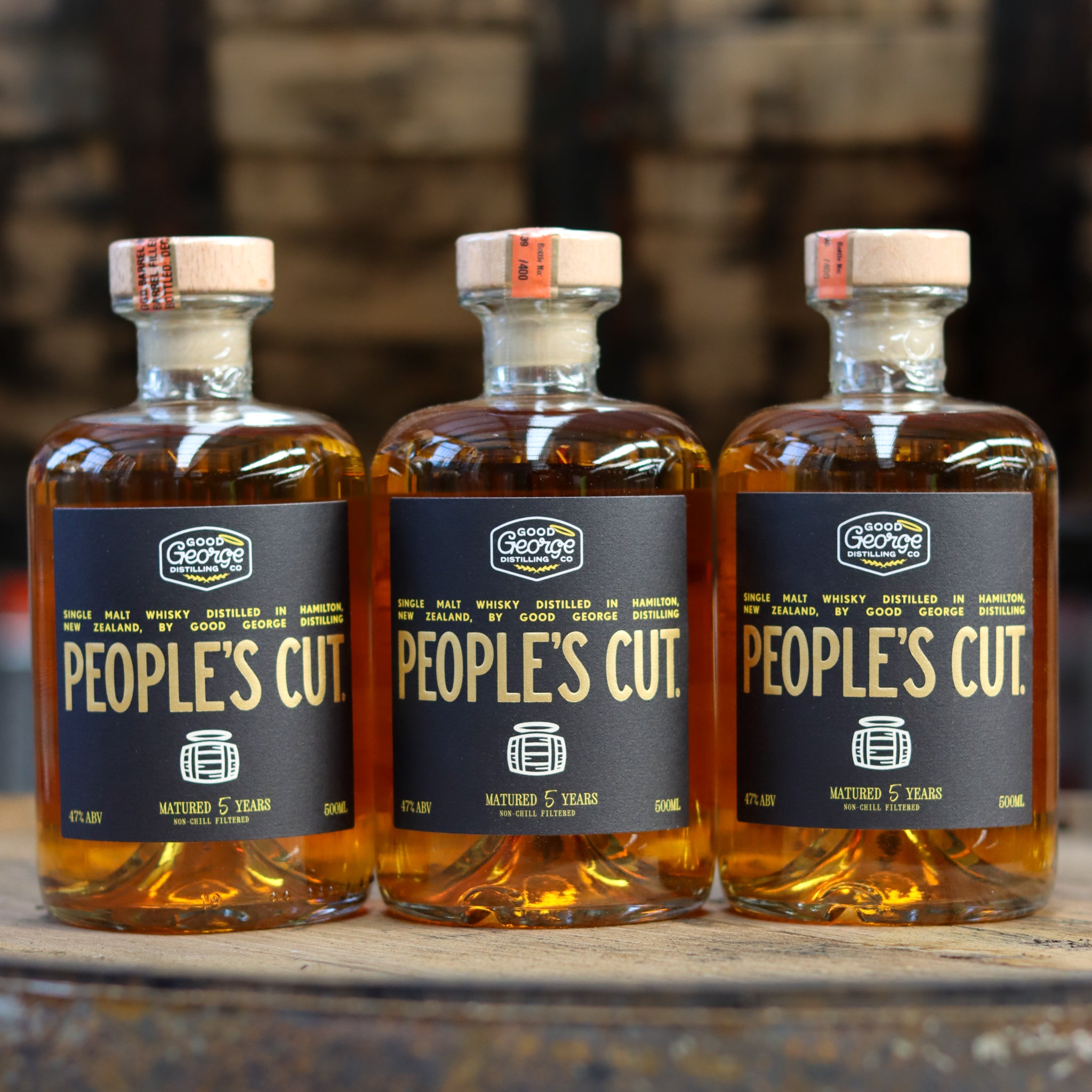THE WHISKY MAKING PROCESS
At Good George, we believe the experience is as important as the product. That's why all our ownership options include opportunities for you to get involved in the whisky-making process. From distillery tours and annual tasting notes to barrel selection and hands-on participation on mash day, you can track the progress of your whisky from grain to glass. Join us on this journey and savour every moment of your whisky's creation.
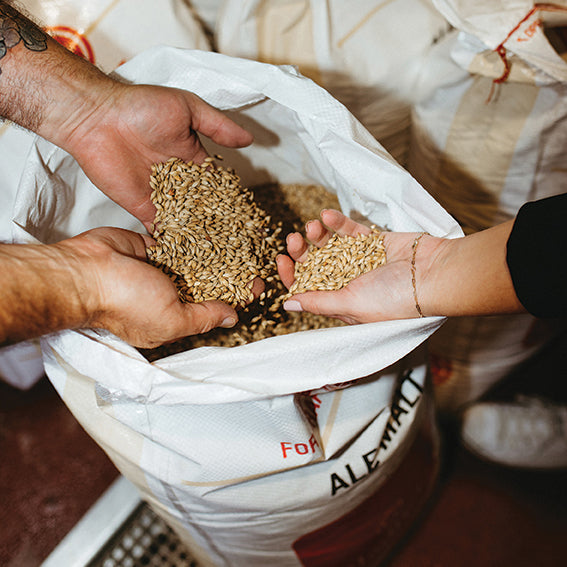
Step 1
Preparation
The journey of our Whisky begins with the careful selection and preparation of highquality grains. Barley, the primary grain used, is sourced from local farmers to ensure freshness and sustainability. The grains are meticulously cleaned to remove any impurities, then soaked in water to initiate germination. This process, known as malting, activates enzymes that convert the grain's starches into fermentable sugars. Once germination is complete, the grains are dried in a kiln to halt the process, producing malted barley ready for the next stage.
Step 2
Mashing
In the mashing stage, the dried malted barley is ground into a coarse flour called grist. The grist is mixed with hot water in a large vessel known as a mash tun. This mixture, or mash, is stirred to create a porridge-like consistency, allowing the enzymes to break down the starches into fermentable sugars. Over several hours, the mash is gradually heated to extract as much sugar as possible, resulting in a sweet liquid called wort. The wort is then drained from the mash tun, leaving behind the spent grains, which can be repurposed as animal feed.
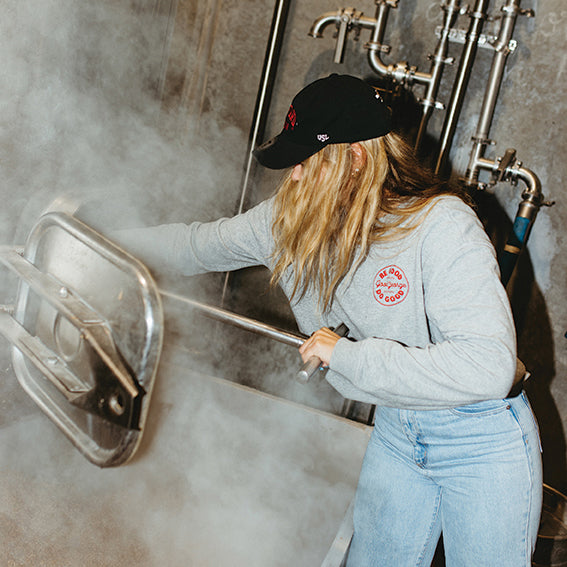
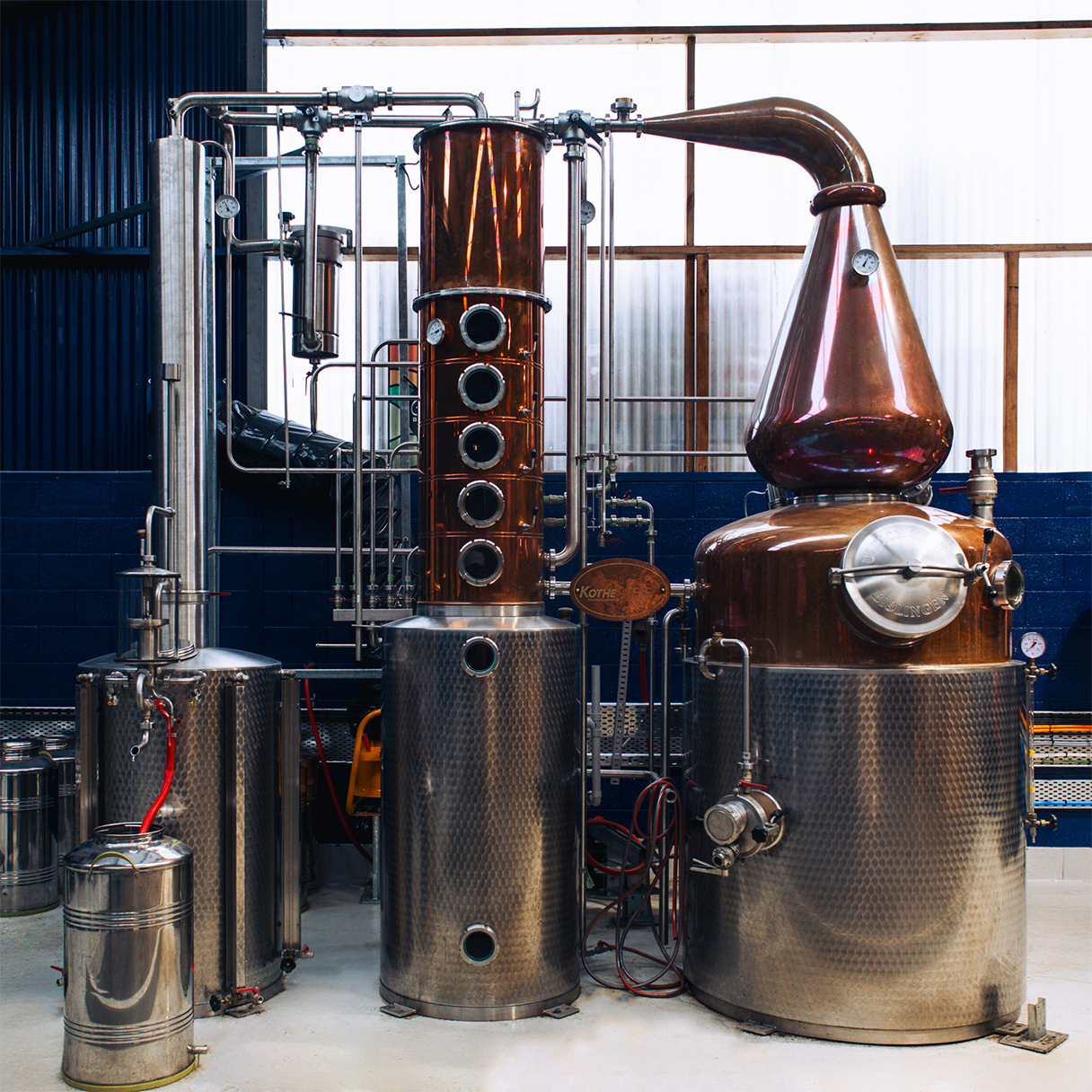
Step 3
Fermentation & Distilling
Fermentation is where the magic happens. The sweet wort is transferred to large wooden or stainless-steel tanks, where yeast is added. Over 48 to 72 hours, the yeast converts sugars into alcohol and carbon dioxide, creating various flavor compounds crucial to the whisky's profile. The resulting beer-like liquid, called wash, has a lower alcohol content and is ready for distillation.
Distillation is the next step, purifying the wash into whisky. The fermented wash is transferred to copper pot stills for the first distillation, where heating vaporizes the alcohol. These vapors are condensed back into liquid form, known as low wines. The low wines undergo a second distillation in a spirit still, further refining the alcohol by separating impurities and concentrating the spirit.
Step 4
Filling
After distillation, the newly created spirit, known as new make spirit, is diluted to the desired strength using pure water. It is then filled into oak casks for aging. The choice of cask plays a crucial role in developing the whisky's flavour profile. A combination of exbourbon and ex-Pi not Noir casks is often used to impart rich, complex flavours. Each cask is carefully inspected and prepared before being filled, ensuring the highest quality standards are maintained.
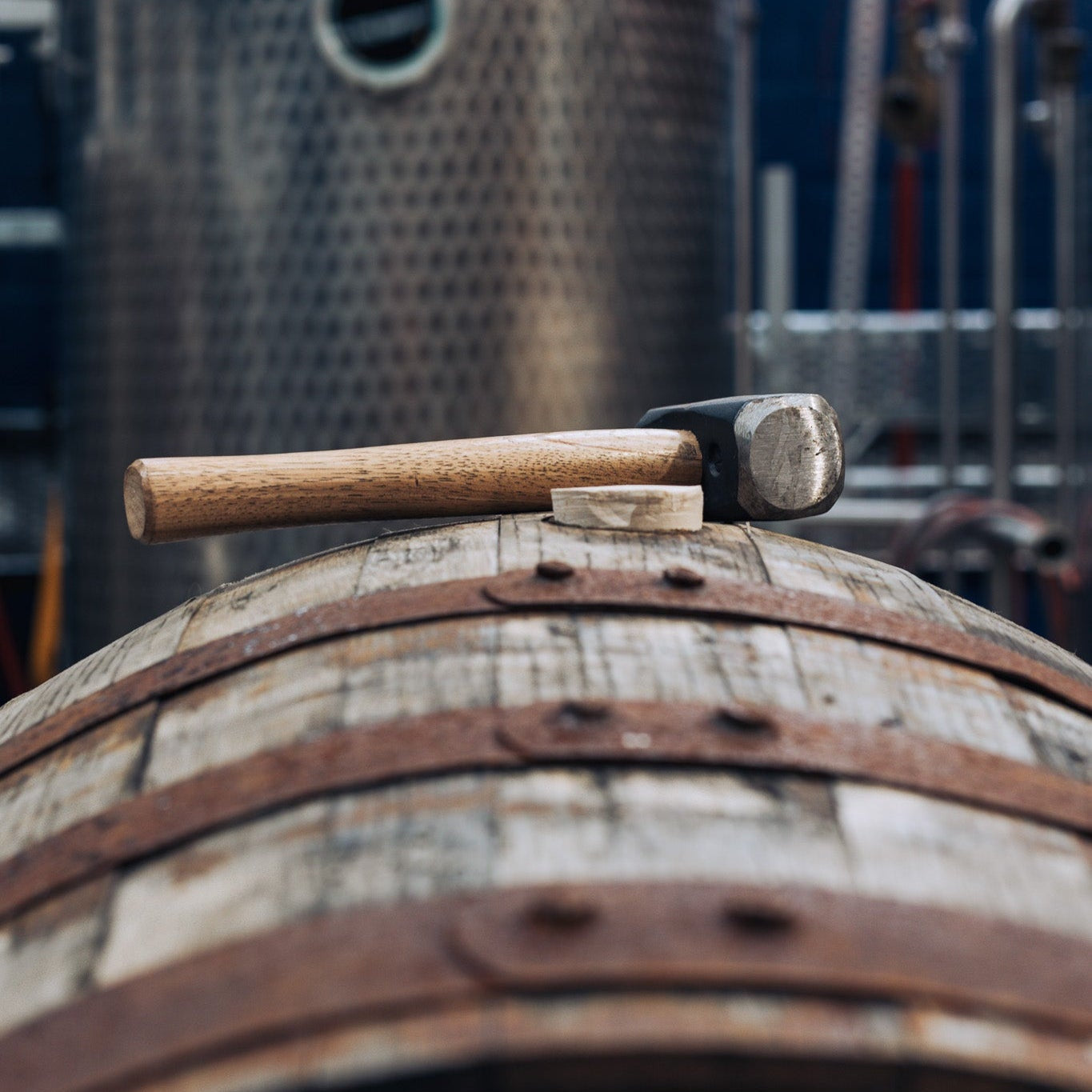
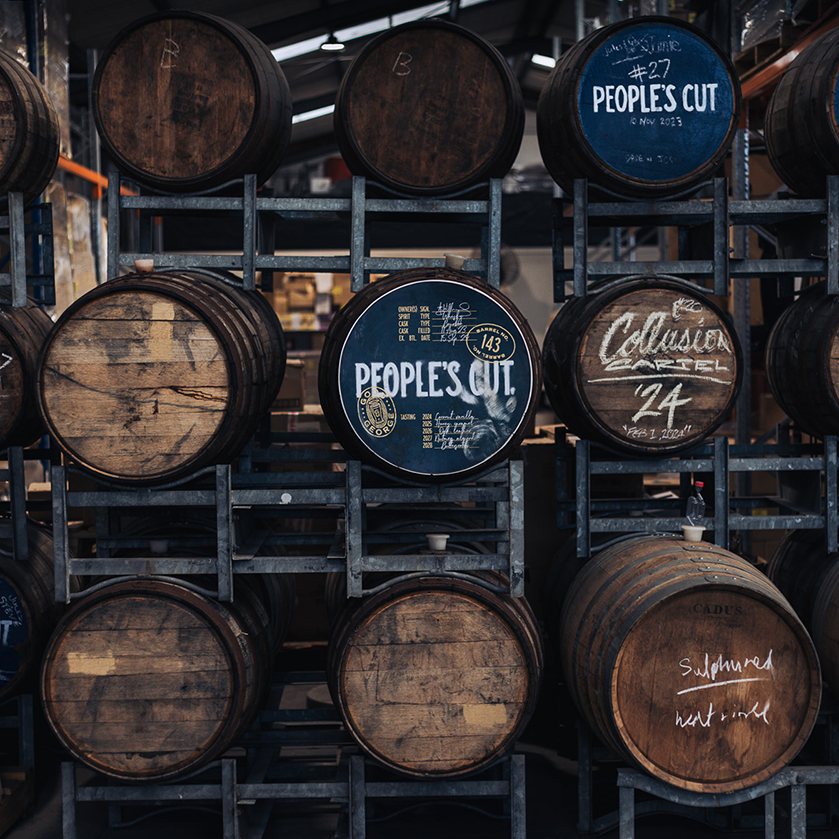
Step 5
Aging
Aging is a vital step where the whisky matures and develops its unique character. Over the years, the whisky interacts with the wood, absorbing flavours and aromas while the oak softens the spirit, adding depth and complexity. The aging process is influenced by various factors, including the cask type, climate, and time. Patience is key, with each batch aged for a minimum of five years, although many casks are left to mature much longer to achieve the desired flavour profile.
Step 6
Bottling
The final step in the process is bottling the aged whisky. Once the whisky has reached its optimal maturity, it is carefully extracted from the casks and proofed to a desired ABV. Each bottle is filled, labelled, and sealed with care, ready to be enjoyed by whisky enthusiasts around the world. This stage marks the culmination of a meticulous process, delivering a high-quality product from grain to glass.
